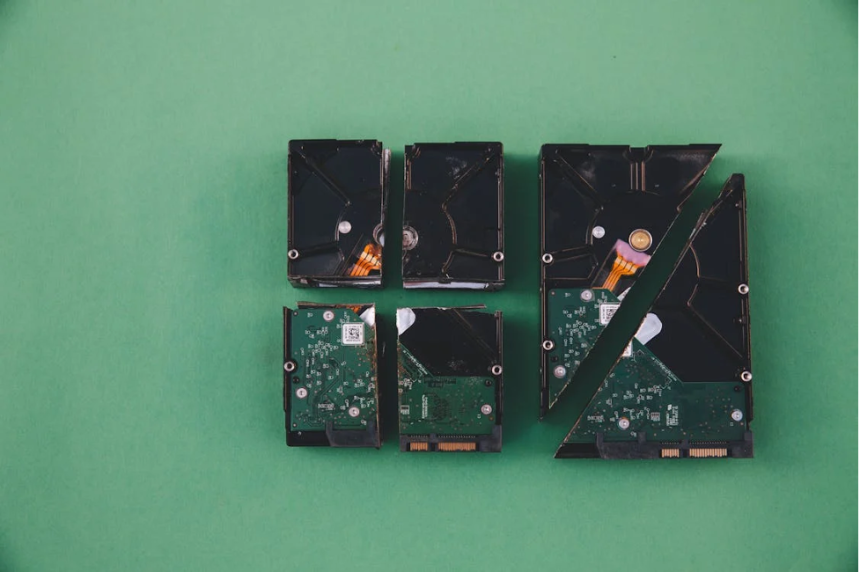You deleted the file. You emptied the recycle bin. You even tossed the USB in the back of a drawer. So your data’s gone, right?
Not exactly.
In the world of digital privacy, deletion is not destruction. And assuming otherwise could leave you exposed financially, legally, and personally. Because the truth is, most people don’t understand how much data their devices are still carrying.
Here’s what you need to know.
“Delete” Doesn’t Mean What You Think It Means
When you hit delete, the file disappears from view—but that doesn’t mean it’s actually gone. Most devices simply remove the pointer to that file. The data itself? It’s still sitting there until it’s overwritten by something else, which might take days… or never happen at all.
This means sensitive information (tax records, personal photos, client files) can still be recovered with the right tools. For a deeper understanding of how data deletion works and why it’s not always permanent, check out this article from Wired.
Cloud Storage Isn’t Automatically Safer
You may think moving everything to the cloud solves this. In some ways, yes, but cloud platforms have their own risks. Deleted files may linger in backup archives. Third-party access policies vary. And if you’re not regularly managing your storage settings, you could be holding onto data long after you intended to delete it.
Old Devices Are the Real Threat
Forgotten laptops. Broken phones. USB sticks from five jobs ago. These devices are silent risk factors. Even if they don’t turn on anymore, the data can often still be retrieved. And if you’ve ever sold or recycled a device without wiping it properly, chances are your information is still floating around.
Digital Hoarding = Digital Vulnerability
Keeping everything “just in case” is a digital disaster waiting to happen. The more you store, the more you risk. Hackers target dormant data because it’s less likely to be protected. And regulators aren’t lenient when organizations lose sensitive information they should’ve destroyed years ago.
The Only Safe Delete Is a Certified One
If you truly want your data gone, you need secure destruction—not just deletion. This means using tools that overwrite your drives multiple times, or working with a professional service that specializes in wiping and physically destroying devices. The NIST guidelines for media sanitization set the standard for what “data destruction” should really mean in today’s digital world.
Companies like Absolute Destruction offer secure document and data destruction that meets privacy laws and ensures nothing is left behind. Whether it’s digital or physical, they make sure the information is unrecoverable.
Data Destruction Isn’t Just for Corporations
You don’t need to be a Fortune 500 company to take data destruction seriously. In fact, individuals are often the easiest targets precisely because they assume they’re not worth hacking.
Old tax documents, saved passwords, personal ID scans, family photos. This kind of data can be weaponized in identity theft, phishing schemes, and account takeovers. You don’t need to be famous or wealthy to be a risk. You just need to be careless.
The solution isn’t overkill. It’s awareness. And action.
Don’t Wait for a Breach to Clean Up Your Data Trail
By the time a breach happens, it’s too late. The goal is prevention: clearing out what you no longer need, tightening up what you do, and making sure no old hard drive can come back to haunt you.
It’s not about being paranoid. It’s about being prepared.
Because in the digital world, what you thought was gone is often exactly what someone else is looking for.
Lynn Martelli is an editor at Readability. She received her MFA in Creative Writing from Antioch University and has worked as an editor for over 10 years. Lynn has edited a wide variety of books, including fiction, non-fiction, memoirs, and more. In her free time, Lynn enjoys reading, writing, and spending time with her family and friends.















